Femtosecond Lasers for Use in Additive Manufacturing
source:3D PRINT.COM
release:Nick
keywords: Femtosecond laser; additive manufacturing; 3D printing
Time:2017-09-14

Representative thermal picture of femtosecond laser (fs) vs current nanolaser (ns) in an additive machine
PolarOnyx, an additive manufacturing company based out of San Jose, California, has created a first-of-its-kind femtosecond laser-based additive system. Traditional DMLM (Direct metal Laser Melting) machines use what’s known as CW or Continuous Wave lasers. These lasers, although ideal for low-temperature parts such as aluminum and titanium, have shown to have challenges with higher-temperature materials such as tungsten and iron. Higher-temperature materials require quite a bit more energy to bond metal particles together as compared to their lower temperature counterparts. Due to this increase in energy, CW lasers must output much more laser power. However, their pulse duration (i.e. how long the laser stays on) does not change. Thus, surrounding metal particles are affected and what are known as “thermal stresses” are built into the part itself.
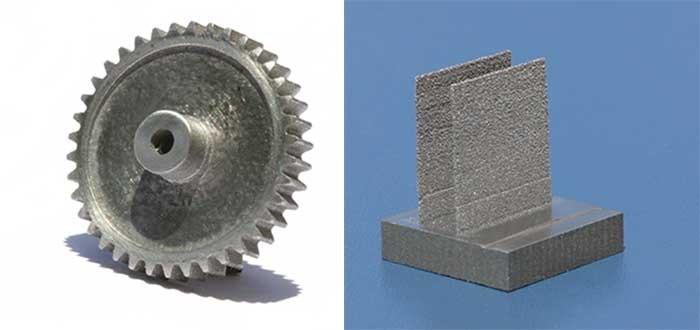
Samples of tungsten parts on tungsten substrates with various shapes and density. The gear has a 1/2-in. diameter (left), while the thin wall (right) has a thickness of 100 µm. [Image: PolarOnyx]
Additionally, Polaronyx was also able to successfully print iron powder directly on glass. Iron and glass have different but very close melting temperatures. With traditional CW lasers, the thermal buildup would have caused the glass to crack. However, with the femtosecond laser process and its ability to quickly fuse the iron powder, the iron was able to melt without causing any damage to the glass substrate.
Most interesting is PolarOnyx’s vision for a process whereby both the additive and subtractive properties of femtosecond lasers are integrated into one machine. Although metal additive has come a long way, there are still cases where complex features must be machined post-print. With femtosecond lasers, this task could be done all in one process with one machine. The femtosecond lasers could first additively build a layer, followed by a subtractive ablation of the same layer where tight machining dimensional tolerances are required.
 9th Secret Light Awards Launch: Million-Yuan Fund + National Award Recommendation
9th Secret Light Awards Launch: Million-Yuan Fund + National Award Recommendation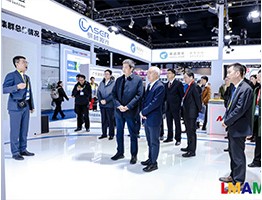 Top Enterprises Gather: 1st Laser & Additive Manufacturing Innovation Conference Wraps Up
Top Enterprises Gather: 1st Laser & Additive Manufacturing Innovation Conference Wraps Up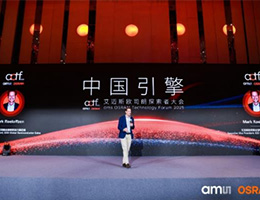 2025 ams OSRAM Explorer Conference: "China Engine" Drives Future Innovation
2025 ams OSRAM Explorer Conference: "China Engine" Drives Future Innovation Tsinghua's Sun Hongbo, SLA Review Expert, Becomes CAS Academician
Tsinghua's Sun Hongbo, SLA Review Expert, Becomes CAS Academician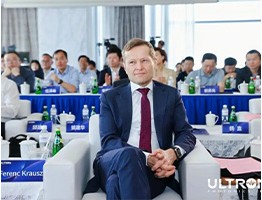 4th Collaboration! What Brought the Global Laser Academic Guru to Chinese Univs & Leading Firms?
4th Collaboration! What Brought the Global Laser Academic Guru to Chinese Univs & Leading Firms?
 Scanner Optics: Galvanometer Tech Leader
Scanner Optics: Galvanometer Tech Leader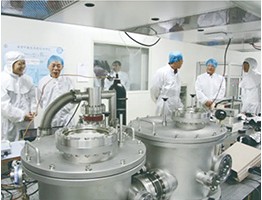 The "Light Chasers" in the Deep Ultraviolet World
The "Light Chasers" in the Deep Ultraviolet World Shi Lei (Hipa Tech): Focus on Domestic Substitution, Future Layout in High-End Laser Micromachining
Shi Lei (Hipa Tech): Focus on Domestic Substitution, Future Layout in High-End Laser Micromachining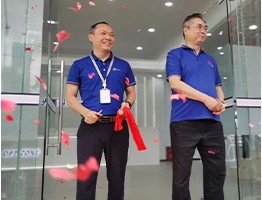 Optizone Technology: 17 Years Devoted to Optics – High-Power Optics Mass-Production Pioneer
Optizone Technology: 17 Years Devoted to Optics – High-Power Optics Mass-Production Pioneer Zhuojie Laser: Breaking barriers via tech breakthroughs, aiming to lead high-end light sources
more>>
Zhuojie Laser: Breaking barriers via tech breakthroughs, aiming to lead high-end light sources
more>>

